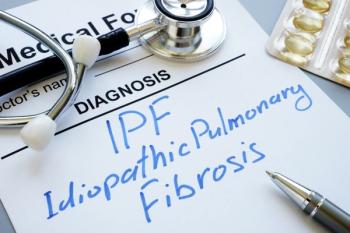The American Academy of Pediatrics (AAP) has expanded its recommendations to avoid giving fruit juices to infants under 6 months to include kids under the age of 1 year. The expansion resulted from growing evidence indicating a link between juice consumption and tooth decay, as well as gaining too much or too little weight, according to NPR. The guidelines, published in Pediatrics, reinforce recent evidence that fruit juice should be a limited part of a child’s diet, and that whole fruit is a much better way to gain all the nutritional benefits of fruit. For older kids who are at a healthy weight, 100% juice is okay in moderation, but it should comprise less than half of the recommended fruit servings per day, according to the AAP. Although there is some evidence linking the consumption of 100% orange juice with better health outcomes in adults, it remains unclear if these benefits are also seen in kids and teenagers.
Rory’s Regulations, which were created after the death of Rory Staunton in 2012, require hospitals to quickly perform a checklist of safety measures when patients are admitted to the hospital for sepsis, according to USA Today. Findings from a new study published in the New England Journal of Medicine found that the faster hospitals complete this checklist and administered antibiotics to the patient, the lower the risk of death from sepsis in hospitals. “Minutes matter, and it is critical to perform the correct tests and get the patient antibiotics as fast as possible,” co-author Mitchell Levy, told USA Today. The report found that with each additional hour it took to complete the checklist of care and administer antibiotics, the risk of death increased 4%. The study comes a month after New York state reported that the risk of adults dying from sepsis decreased by more than 20% in NY due to the implementation of these regulations.
In a new study, scientists used a 3-D printer to create mouse ovaries capable of producing healthy offspring. The ultimate goal is to eventually create replacement human ovaries to restore fertility in women who became sterile after receiving treatment with drugs such as chemotherapy, reported NPR. For the study, investigators developed a technique using 3-D printing to reproduce the structures of ovaries that could be harnessed to create bioprosthetic versions of the organ. Follicles from mouse ovaries were then placed into the 3-D printed ovary scaffolds, and transplanted into sterilized mice. The results of the experiment showed that of the 7 mated mice, 3 produced 2 healthy pups each. To use this technology in humans in the future, physicians could remove follicles from a patient prior to starting chemotherapy, according to NPR. The follicles could then be put into a larger 3-D printed ovary scaffold and transplanted into patients after they finish treatment.

























































































































































































































